Hi everyone! I hope its not too late to wish Selamat Hari Raya, Maaf Zahir & Batin to those who celebrating Aidilfitri and I would like to apologize because it’s been a while since my last entry. I really want to write something, just couldn’t find time to do it, I guess.
So last week I went back to my hometown in northern side of Malaysia for Hari Raya. The last time I went back was during Christmas break last year. Can you believe that?! Too busy with work, travelling here and there. But its good to be back!
I went back a few days ahead of Aidilfitri. I have some free time to wander around and I plan to shoot the Milky Way before. The timing was just right as the moon phase just shifted to the new moon making the sky is dark enough to see the milky way. The idea was to shoot it somewhere around “Ladang Tebu Chuping” which was located in Perlis as the location have a very minimal light pollution making it suitable to do astrophotography.
The journey from Alor Setar is around 1 hour of driving. I went there with a friend and upon arriving to the location we saw the sky was partially covered with clouds but there was some stars still visible. We drove further into the darkness and until one point, we can see the milky way with our naked eyes…
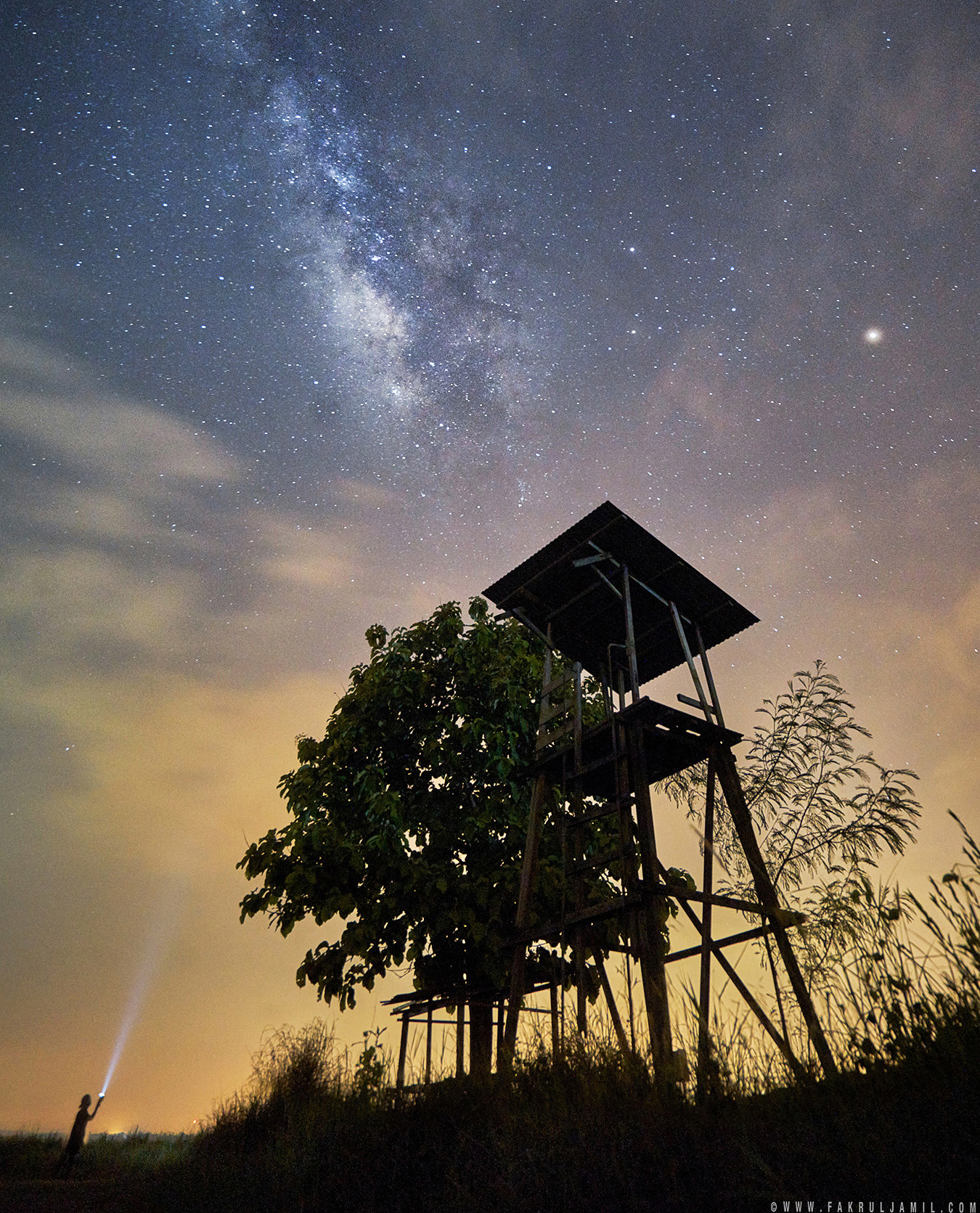
The Lightsaber | Sony A7R Mark II + FE 16-35mm F4 ZA OSS
The Sony A7R Mark II shoots the Milky Way just fine despite some review saying this camera would not be able to do so. Below is before & after image taken with FE 24-70mm F2.8 GM lens. I increased the shadow part to 100% and as you can see the image quality is unaffected.


Below is few more photos from the night. We did not stay long as the Milky Way gets higher and higher making it difficult to shoot with good foreground. After all, the following day is still “puasa” so we had to go back to have our “sahur”.
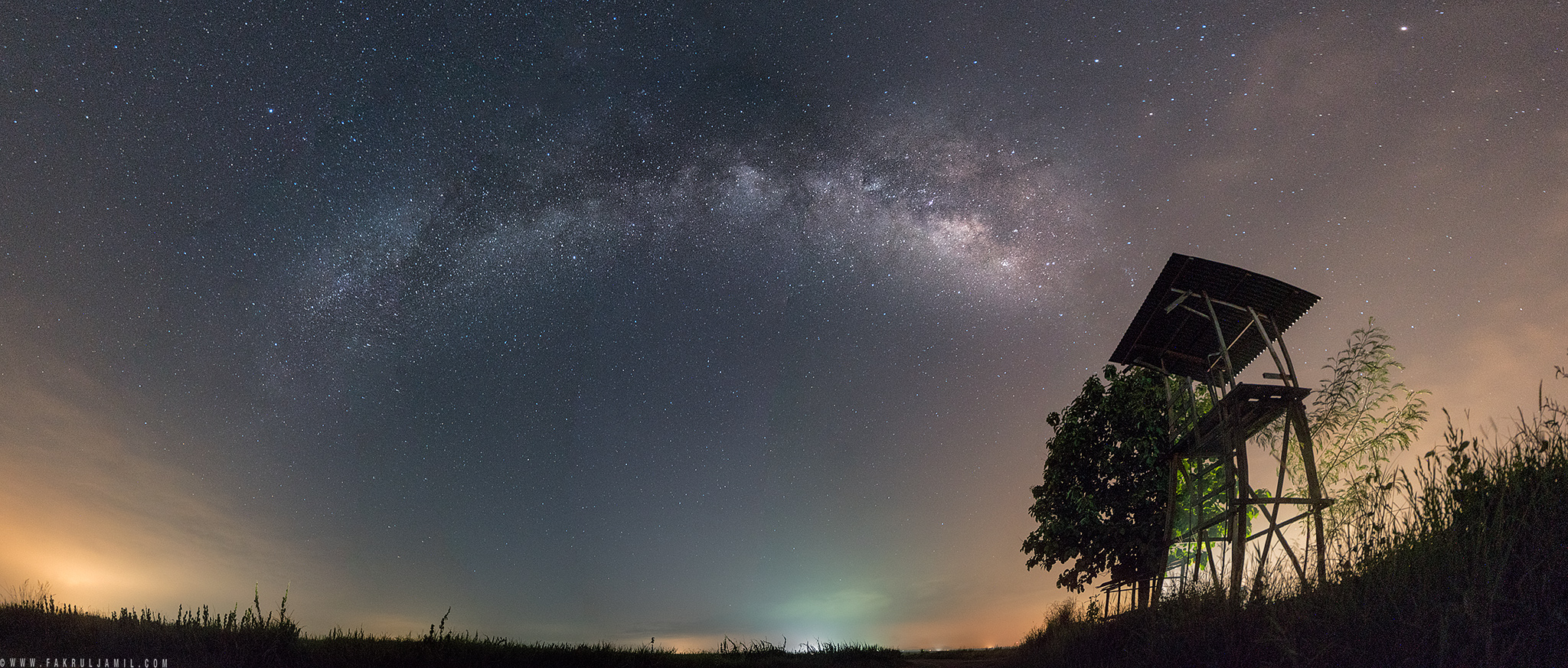
Panoramic of 7 vertical shots to capture the full length of the Milky Way. | Sony A7R Mark II + FE 16-35mm F4 ZA OSS
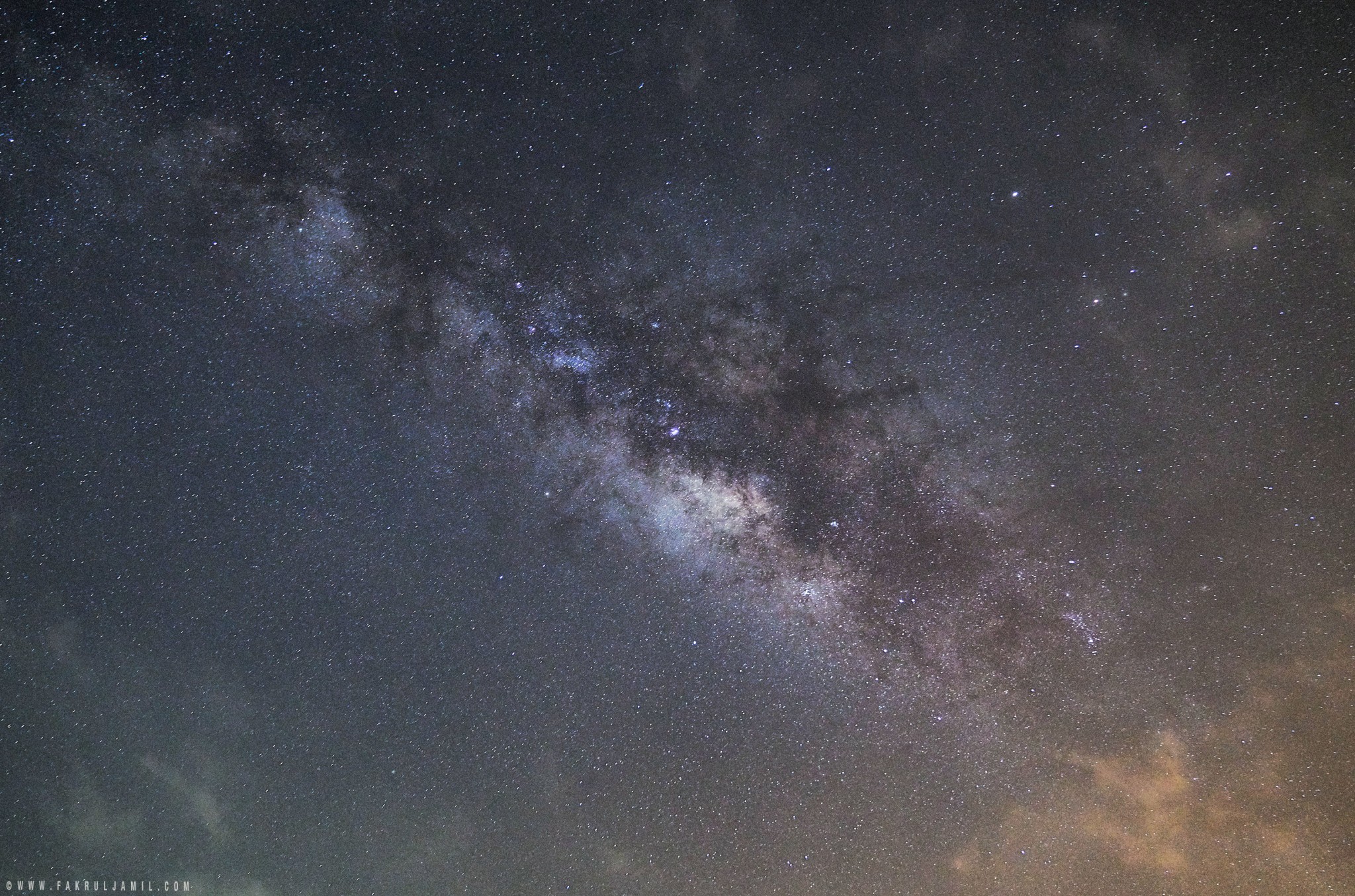
The Galactic centre of Milky Way | Sony A7R Mark II + FE 16-35mm F4 ZA OSS
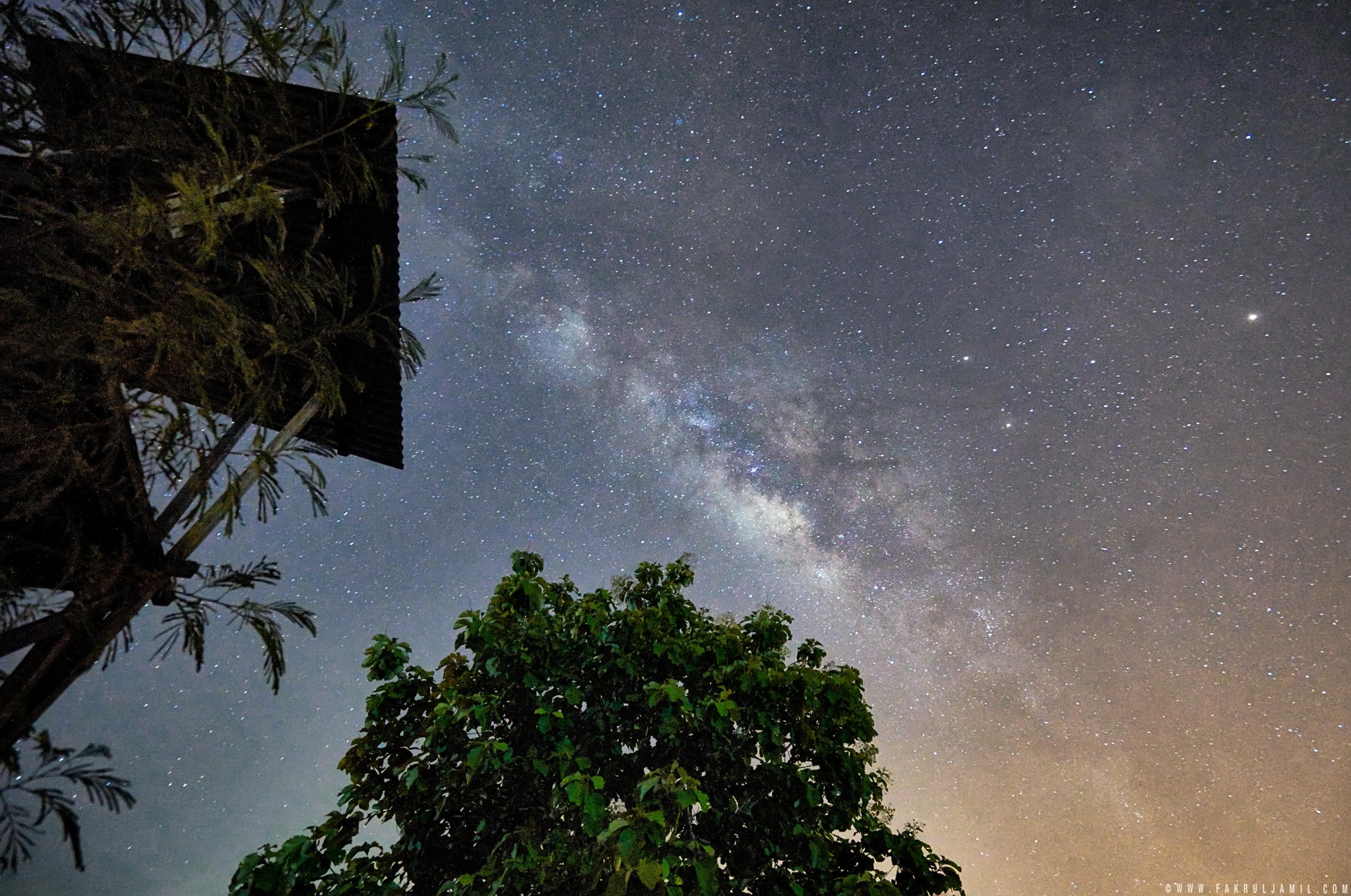
Milky Way above the Tree | Sony A7R Mark II + FE 16-35mm F4 ZA OSS
Today, over 5 billion people live under vanished light polluted urban skies where the Milky Way is no longer visble. Night sky becomes a forgotten part of nature, an essential element of our environment which is disappearing.
The Milky Way is still visible in Malaysia, you just have to find a secluded area which have very minimal light pollution or easier words, a very dark area.
Timing is also important so you have to check what phase the moon is currently in. If it’s in the first quarter (half-moon) or brighter, chances are you will not be able to see the Milky Way with a naked eyes because there will be too much moonlight outshining the stars.
That’s it for this entry. I hope you’ll find this entry is somewhat useful. Feel free to share and spread the love of nature photography.


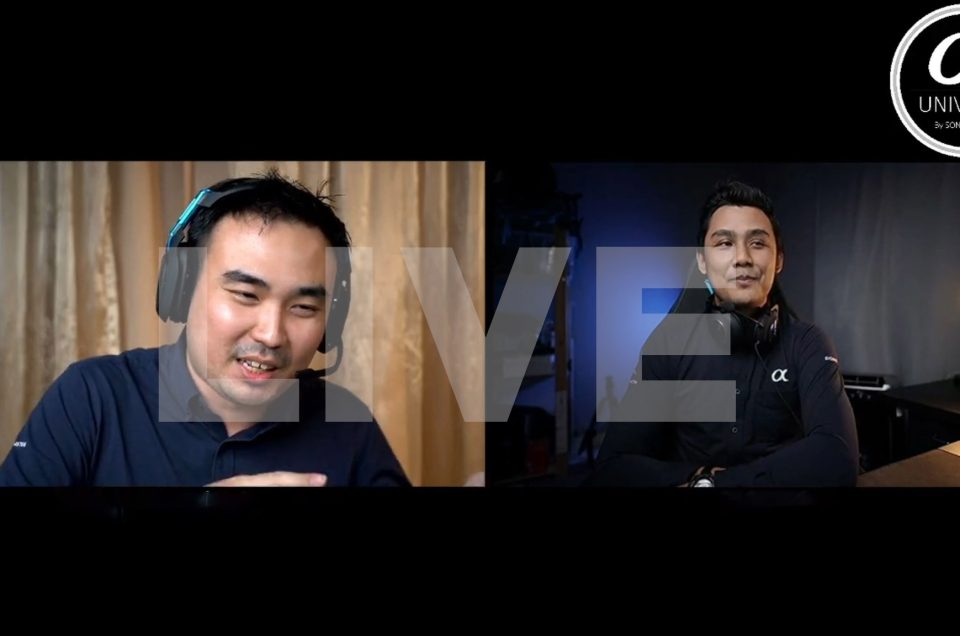
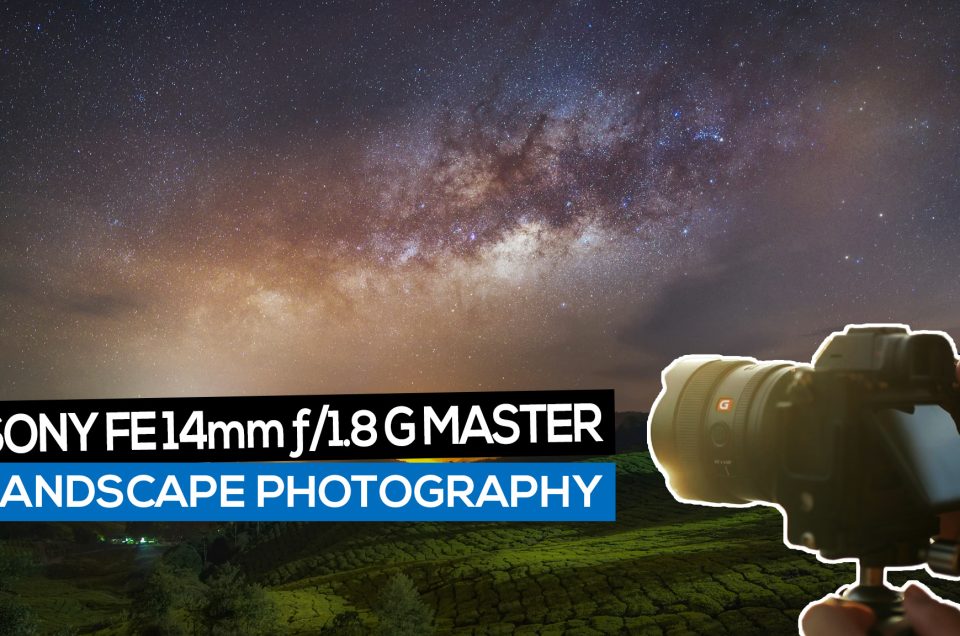
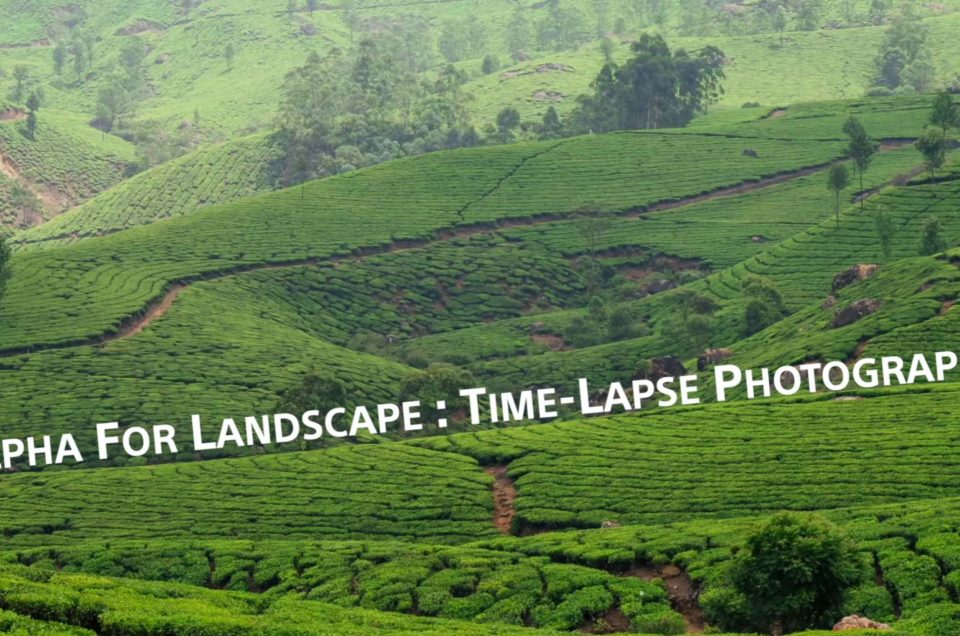

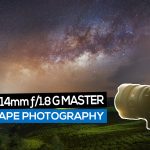











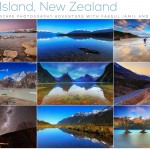




8 Comments
cantek bro. yg image 7 vertical images tu, i guess being taken in sequence? and how does the setting mainly on the shutter? sbb as we all know the earth ni rotate, and how long for each frame taken to maintain the composition etc. or for shooting stars/milky way etc. not that critical?
Thanks bro! Yes, taken in sequence with tripod to ensure critical sharpness in each frame. Kalau guna built in pano, they only shoot jpeg, no good.
For Milky Way, you would want to get as much light into your camera as you can before the rotation of the Earth starts to blur your shot. This can be achieve by using large aperture such as f2.8, high ISO between 1000 to 3200 and shutter speed of around 15-30 seconds. Anything longer than that would definitely make the stars starts to trail. Hope this help!
boleh saya tau lokasi sebenar laluan ke sini kalau dari wang kelian nak kena lalu route yg mana ke chuping ni?
Just drive along the main road heading to Wang Kelian from Arau. At one point boleh nampak pondok tu on the right, tepi jalan saja.
Just amazed . no word can describe the beauty of nature.
Thanks Dennis!
Cantik sangat! thank you, sir for your photography skills.
thank you, sir for your photography skills.
Will be to Perlis next month, hopefully can get the opportunity to witness this beauty of nature.
Thanks for dropping by, Anis! Of course you can, fingers crossed for clear sky! Go there during new moon to get super dark sky.